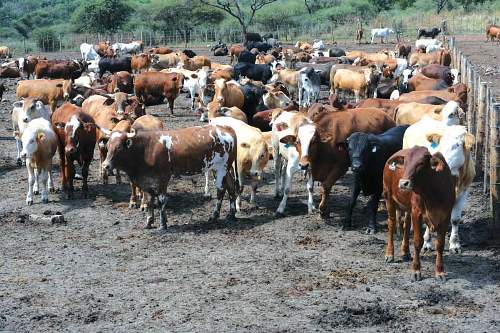Zimbabwe is set to conduct its first-ever National Agricultural and Livestock Census (NALC) since independence, a major step toward strengthening its agricultural data systems and ensuring long-term food security for its population. The Food and Agriculture Organization of the United Nations (FAO) is providing crucial technical assistance to help the government develop and execute the census.
A Milestone for Zimbabwe’s Agriculture Sector
The FAO is assisting Zimbabwe in developing a National Agricultural and Livestock Census (NALC) Plan of Action and is supporting the government in compiling and updating the national food balance sheet (FBS). This will provide essential data on the availability of food, including calories, fats, proteins, and other nutrients per capita. This updated data will be vital for shaping policies related to food security and nutrition.
For the next two weeks, senior statisticians and economists from key sectors are meeting in Harare to discuss the methodology, data needs, and resource requirements for the census. These discussions are aligned with the FAO World Programme for the Census of Agriculture (WCA 2020) and will result in a comprehensive project document that will guide the implementation of the NALC.
Building a Foundation for Better Agricultural Data
The upcoming census is part of the broader efforts to enhance Zimbabwe’s agricultural data infrastructure. Dominique Habimana, FAO’s Regional Statistician for Africa, emphasized the importance of the NALC, noting, “The NALC will provide a snapshot of the current agricultural landscape and create a solid sampling frame for future surveys.” This is a significant step forward, as Zimbabwe has never conducted a comprehensive agricultural census, resulting in the lack of updated structural data needed to design and implement effective surveys.
The absence of an agricultural census since independence has left Zimbabwe with limited statistical capacity for agriculture, hindering the government’s ability to plan and monitor agricultural development effectively. To address this, the FAO has mobilized resources to support the government in designing and executing the Technical Cooperation Project (TCP), which includes the creation of the NALC project document and the updating of the national food balance sheet.
Government’s Commitment to Quality Agricultural Statistics
The Zimbabwe National Statistics Agency (ZIMSTAT) is prioritizing the production of high-quality agricultural statistics to inform policy decisions. Matiwonesa Phiri, Director of the Production Statistics Division at ZIMSTAT, said, “The development of the NALC project document is a key part of FAO’s commitment to supporting the government in overcoming food security and agricultural production challenges by filling existing data gaps.”
The NALC project document will not only serve as a guide for planning and execution but will also be a vital resource mobilization tool to secure the necessary funding and resources for successful implementation.
Next Steps and Future Implementation
The draft NALC project document will be presented and validated by government stakeholders and the donor community on January 30, 2025, marking an important step in securing the resources required for the census. The full implementation of the NALC will begin once the necessary resources are mobilized.
This historic census represents a significant milestone in Zimbabwe’s efforts to build a comprehensive agricultural data system that will strengthen the country’s ability to tackle food security challenges and enhance the productivity of its agricultural sector.



